Today, an important strategic goal has taken over for many companies and businesses of different sizes and in different domains. The goal is "going paperless," which refers to the process of moving all documents, files, and records into a digital format. First off, going paperless saves time. Instead of printing documents, filing them, and then having to search for them manually at a later date, your document retrieval process becomes a simple search operation. This can eliminate a lot of wasted man-hours and allow your employees to use their time more efficiently.
Moreover, when files are digitally stored in the cloud, your organization instantly becomes more flexible and information easily accessible. Your documents can be even accessible from your mobile device. The convenience of being a paperless operation can save a lot of trouble with regard to logistics and geography. Another benefit of going paperless is eliminating the need for bulky file cabinets, storage facilities, photocopiers and printers reducing overhead dramatically.
Furthermore, storing documents in the cloud is safer than keeping sensitive files in an office. Digital documents are encrypted and protected by numerous layers of security, and access can be restricted to only a few individuals. Digital files with the right backup solutions don't run the risk of getting lost due to theft or fire, which are occasional occurrences for small businesses.
The necessity of going paperless becomes essential in many domains such as healthcare. It's common for a medical practice to embrace the use of electronic medical records (EMR) or the electronic health record (EHR). However, healthcare organizations are simply not getting all the benefits they could be getting from going paperless. The goal should be to ensure that all providers have access to the latest information in real time with the needed integration between other information sources. Impediments for going paperless in the healthcare sector include:
- Physicians can have hundreds of patients with records that span decades. The complexity and the number of records is huge. This can make it seem difficult to find a paperless system that meets their needs.
- Healthcare organizations receive documents in many different formats. While this may seem like an obstacle to going paperless, the reality is that a good document management software can handle documents of all types.
- Paperless solutions don't always meet workflow needs. Many people in the healthcare industry work around even the best solutions if they're not convinced they can work within their existing workflow. They must be convinced that any new system is going to increase their productivity.
- Many healthcare practices use numerous systems and in many cases, must input the same information into several different databases. Integration with other systems could be problematic. This is a huge burden on staff and a time waster.
To go paperless, you need a document management system capable of doing it all: print, scan, copy, fax, e-mail, annotate, mark, share, assign permissions, securely store documents, view, edit, review, use versioning, attribute, categorize, view who accessed and changed files, save searches, provide advanced document retrieval services and serve as a backup server to prevent data loss. The document management system should index files by capturing the right metadata and allow search operations on these metadata such as name, date and other important transactional attributes.
There are many document management systems in the market that you can research, try and adopt. Need help going paperless? Integrated Digital Systems can help with the tools and the IT professionals you need. OMNIS, one of the newest document management system in the market is very promising with a desktop and web interface and it is capable of doing it all. It was launched in 2016 and been adopted by several organizations of different sizes and in different domains.
At last, implementing a document management system you will have a single access point for your records. When you have a healthcare organization in which numerous physicians, nurses and administrative staff keep their own records, you're bound to have records that aren't completely updated. On the other hand, when there's a single access point for records, you know exactly what file to update. You can see which physicians they've seen and you can instantly access their notes.


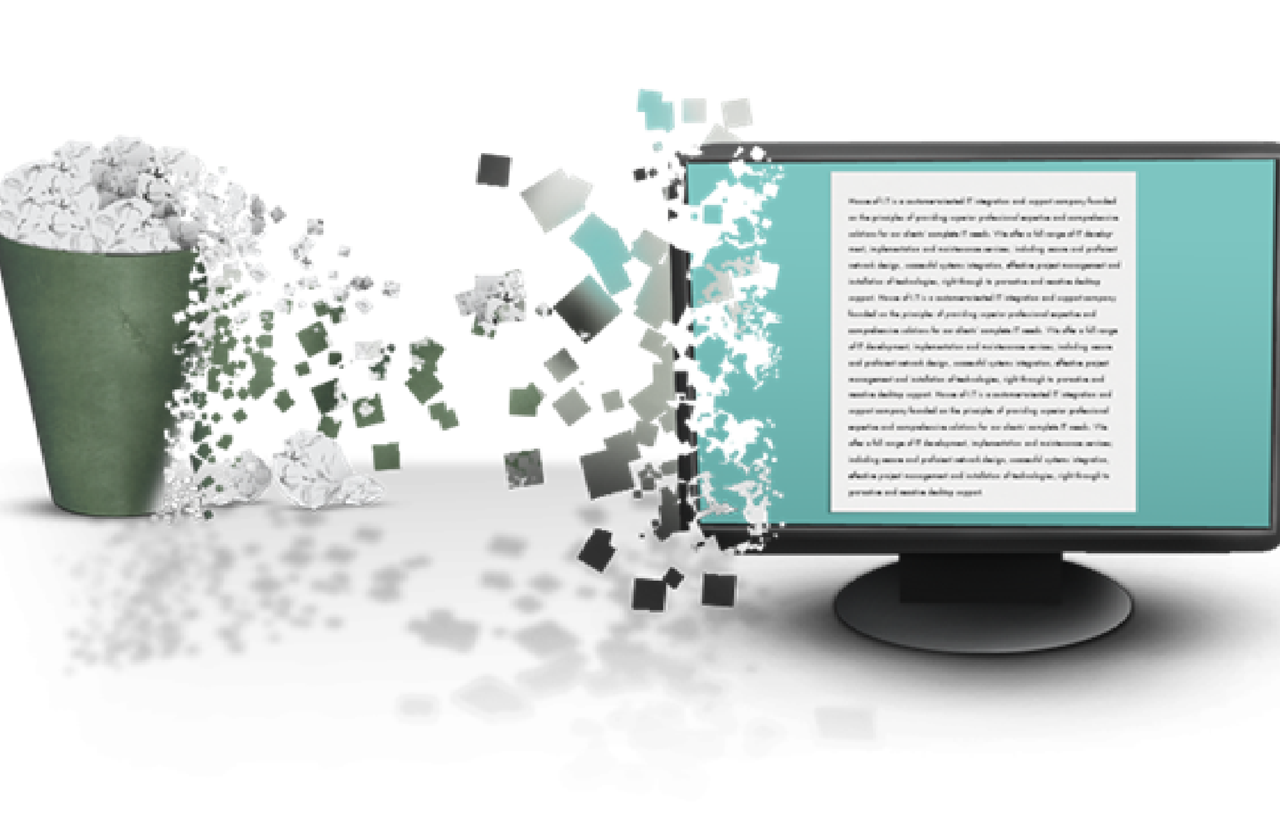
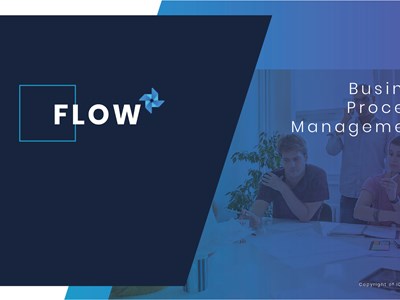

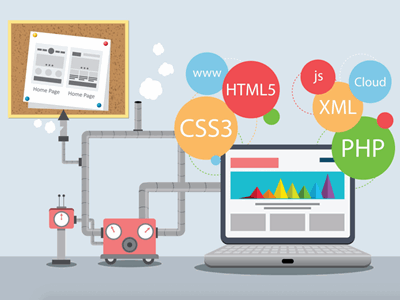
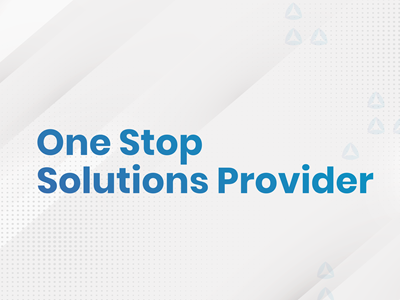
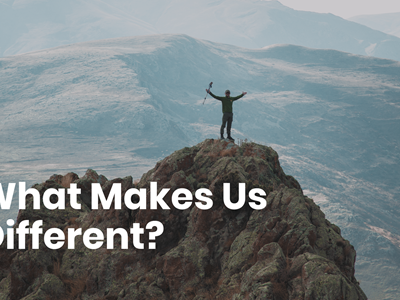
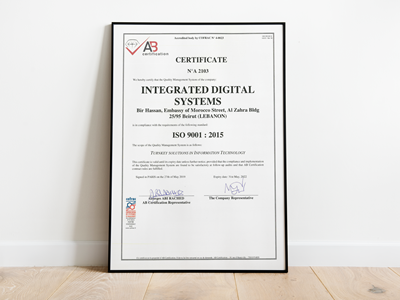

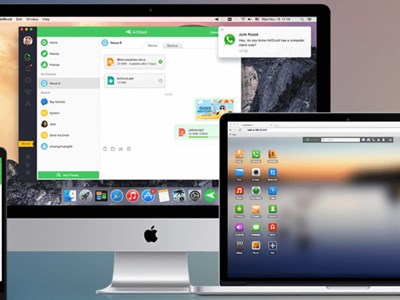
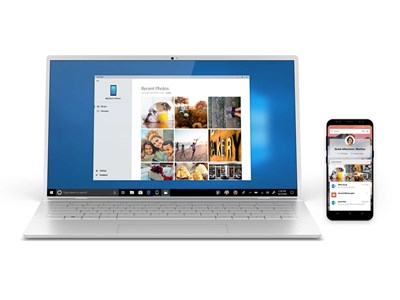

Comments